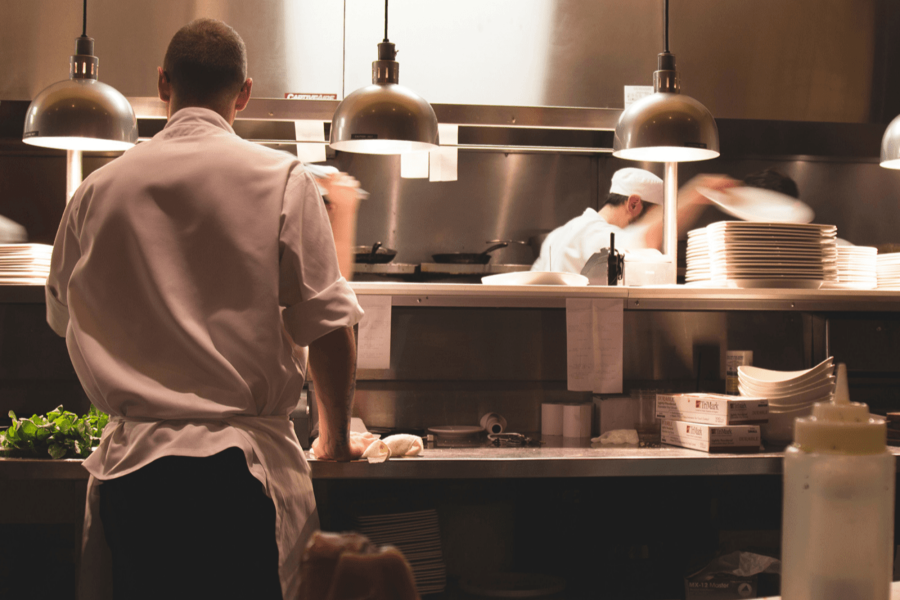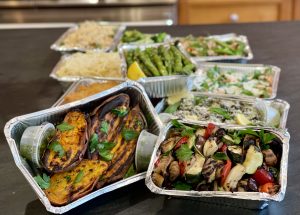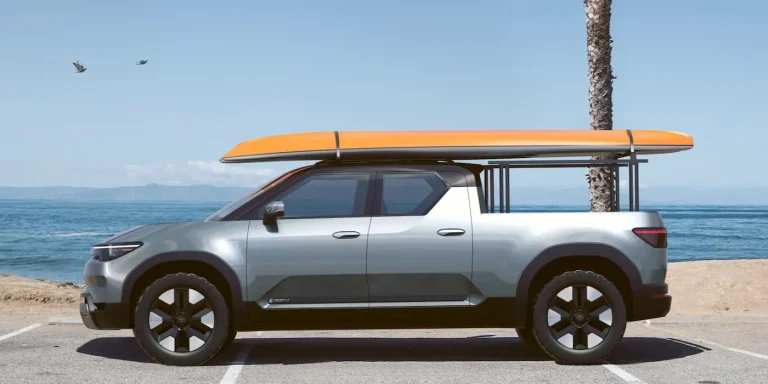With more people choosing the ease of ordering meals from their preferred restaurants, the food delivery sector has seen explosive expansion during the previous ten years. Food delivery is changing as consumer expectations change and technology keeps developing. Rising cloud kitchens, sometimes referred to as ghost kitchens or dark kitchen to rent, are one of the biggest developments in the sector. These creative kitchen designs, along with the most recent technologies, will help to define food delivery going forward.
Development of Food Distribution
The worldwide eating experience now revolves around food delivery in great part. Industry estimates suggest that by 2025 the worldwide meal delivery business would almost equal $200 billion. Several elements can help to explain the increase in demand: busy lives, the emergence of meal delivery apps, and shifting customer behaviour following the epidemic. The food sector is leaning into technology to simplify processes and improve the customer experience as more people choose contactless delivery.
What are “Cloud Kitchens”?
Commercial kitchens intended specially to meet meal delivery orders are known as cloud kitchens. Cloud kitchens lack actual stores or dining areas, unlike conventional brick-and-mortar restaurants. Rather, they work out of communal kitchens and concentrate just on cooking meals for delivery using outside companies like UberEats, Grubhub, and DoorDash. Many times, these kitchens are positioned in key areas to reduce delivery times and expenses.

Technology’s Role in Food Distribution
Many of the developments in meal delivery originate from technology. From client interaction to order processing, technology is absolutely essential for guaranteeing effectiveness and consumer happiness. The following are some major technical advancements influencing food delivery going forward:
-
Platform for Online Ordering
The development of food delivery applications has transformed consumer ordering of food. Sophisticated algorithms running on these systems provide tailored recommendations depending on past purchases, location, and interests. They also offer real-time tracking so consumers may see the state of their delivery from preparation until arrival at their home.
-
Data Analysis and Artificial Intelligence
Data analytics and artificial intelligence are enabling cloud kitchens to run as best they can. Through consumer preferences, purchase patterns, and delivery routes, cloud kitchens can forecast demand, simplify manufacturing, and cut food waste.
-
Robotics and Automation
Many dark kitchen to rent are including robots and automation into their processes in order to boost effectiveness even more. From robotic delivery systems to automated culinary equipment, these technologies can speed order fulfillment and help lower labor expenses.
Cloud Kitchens’ Advantages for Food Businesses
- For food companies, especially those wishing to enter the meal delivery sector without the significant upfront investment needed for a conventional restaurant, cloud kitchens have various benefits.
- Cloud kitchens can drastically save running expenses without a real dining area or wait personnel needed.
- By leasing cooking space in highly sought-after locations, new food brands can rapidly expand their business.
- Cloud kitchens allow companies the freedom to test several menus and cuisines without committing to a full restaurant concept by running several virtual brands from a single site.
The development of food delivery goes beyond mere convenience to include building a more affordable, scalable, and environmentally friendly paradigm for the food sector. The junction of technology and cloud kitchens is redefining dining and is obviously only starting to change our perspective.


























